When I get a new gear, there is always excitement in discovering what it will do and how it will perform. After six months of using it, that novelty has worn off, and with a more objective eye, would I still choose this camera over the last?
A camera is just a tool, albeit essential for achieving the results we want. Just as no serious painter or art student would ever achieve great results with a cheap children’s set of paints and brushes from Walmart, a serious photographer should aspire to own a camera that enables them to achieve the best results they can. There are results I can achieve, art I can create with this camera that would not be possible with any other model, it is the OM-1 Mark II. But has this camera left me just as pleased with it now the novelty has worn off? Or do I still tingle with excitement when I pick it up?

I’ve always been open about being appointed as an OM System Ambassador a year or so ago. All that means is that I am impressed by the quality of their gear, and they think my photography is good enough to represent their brand. We endorse each other. It's an honor and one I have turned down with another brand. I’m certainly more than happy with this camera and if I weren’t I would not maintain that role. I am still free to say whether or not there is something good or bad about the gear.
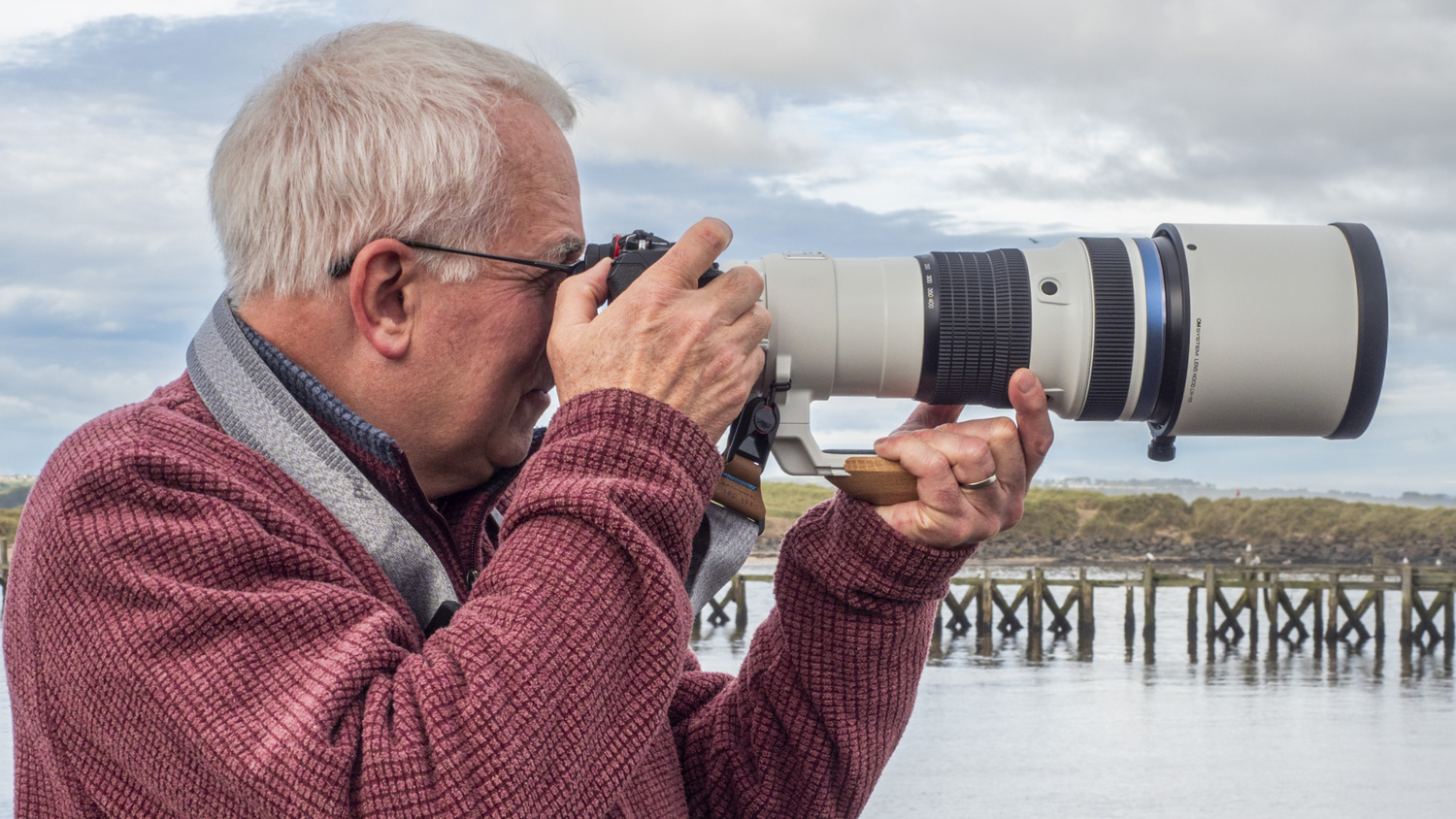
Like most second versions, the OM-1 Mark II is an evolutionary upgrade, not a revolutionary change. The same can be said of the new Canon R5 Mark II, which you can read about in Illya’s excellent article here. Nevertheless, I’ve found the step up significant, because the performance improvements make a difference for me. Of course, upgrading from the older generation Olympus models would be even greater.
Furthermore, after a brief spell away a few years ago, I switched back to using what was once called Olympus. Migrating from another system opens a range of new possibilities and that is a personal decision whether a change or an upgrade is necessary. As I often repeat, no decision about gear is universal.
I find the challenges of discovering what new gear can do enjoyable, but I realize it’s not everyone’s cup of tea.

Who Is This Camera Aimed At?
The OM-1 series of cameras are designed for outdoor photographers with wildlife and bird, landscape, and macro photography very much in mind. That doesn’t mean you can’t use them elsewhere. Indeed, I also use mine for weddings and events, studio, and real estate photography, as well as video. My clients, including some big household name brands, are happy. However, it’s in the outdoors where the brand excels. I shoot professionally and for personal enjoyment and you'll often find me on a blustery beach.
 .
.
Bird Photography
As I have written before, I don’t yet consider myself a true wildlife photographer. To wear that badge one must study the behaviors and understand much more about the animals and birds than what they look like. Nevertheless, I am learning, and that knowledge and this camera facilitated me to get far better photos than in the past.
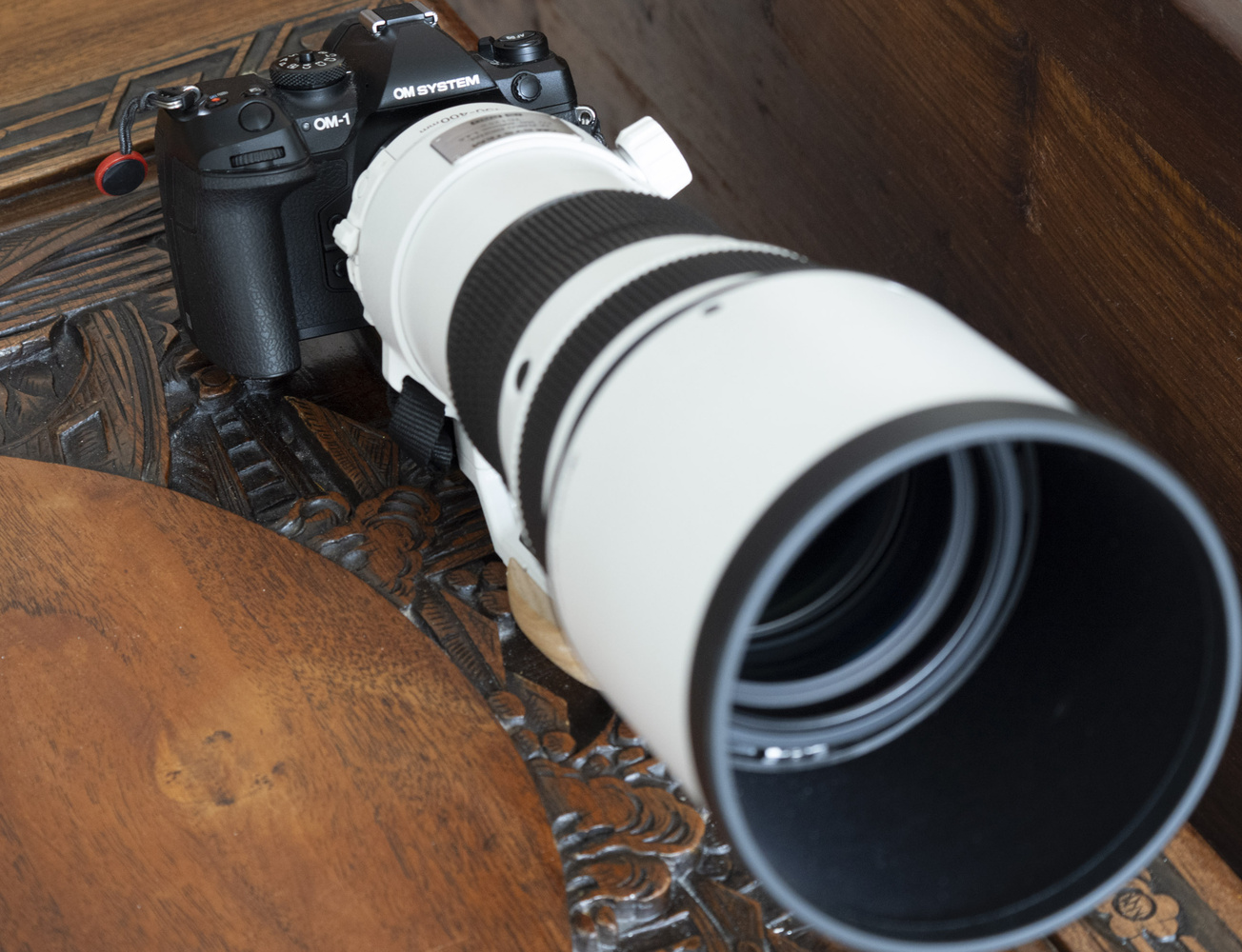
AI subject detection has completely changed the hit rate for wildlife, especially photographing birds in flight. The OM-1’s performance was pretty good, but the OM-1 Mark II is exceptional. I’ve tried it side-by-side with two other cameras from a different brand in a similar price bracket and I came away with far more keepers than either of my friends did. Their success rate was not bad, but my OM-1 Mark II was better.
Some of that may have been down to the smaller size of my lenses which are easier to wield. Plus, and I say this with all modesty, I am a more experienced and accomplished photographer than them. However, when I tried their cameras, I could not get as many in-focus shots as I could with my new camera.
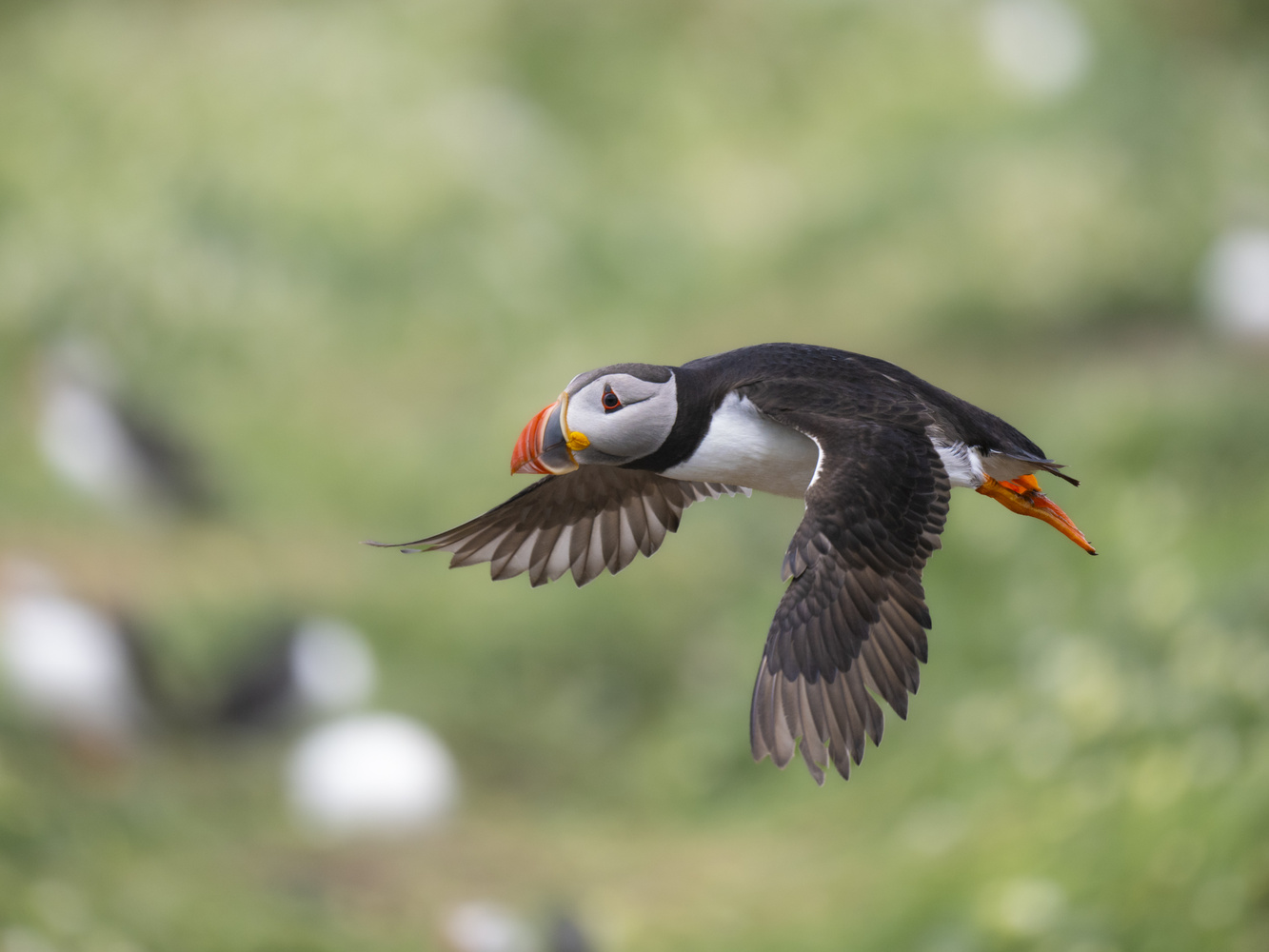
Besides the superior AI subject detection, you can now selectively choose a single subject in a flock and the camera will stay locked onto it and not be distracted by other birds. This works in other AI-focusing modes too, such as human and vehicle detection.
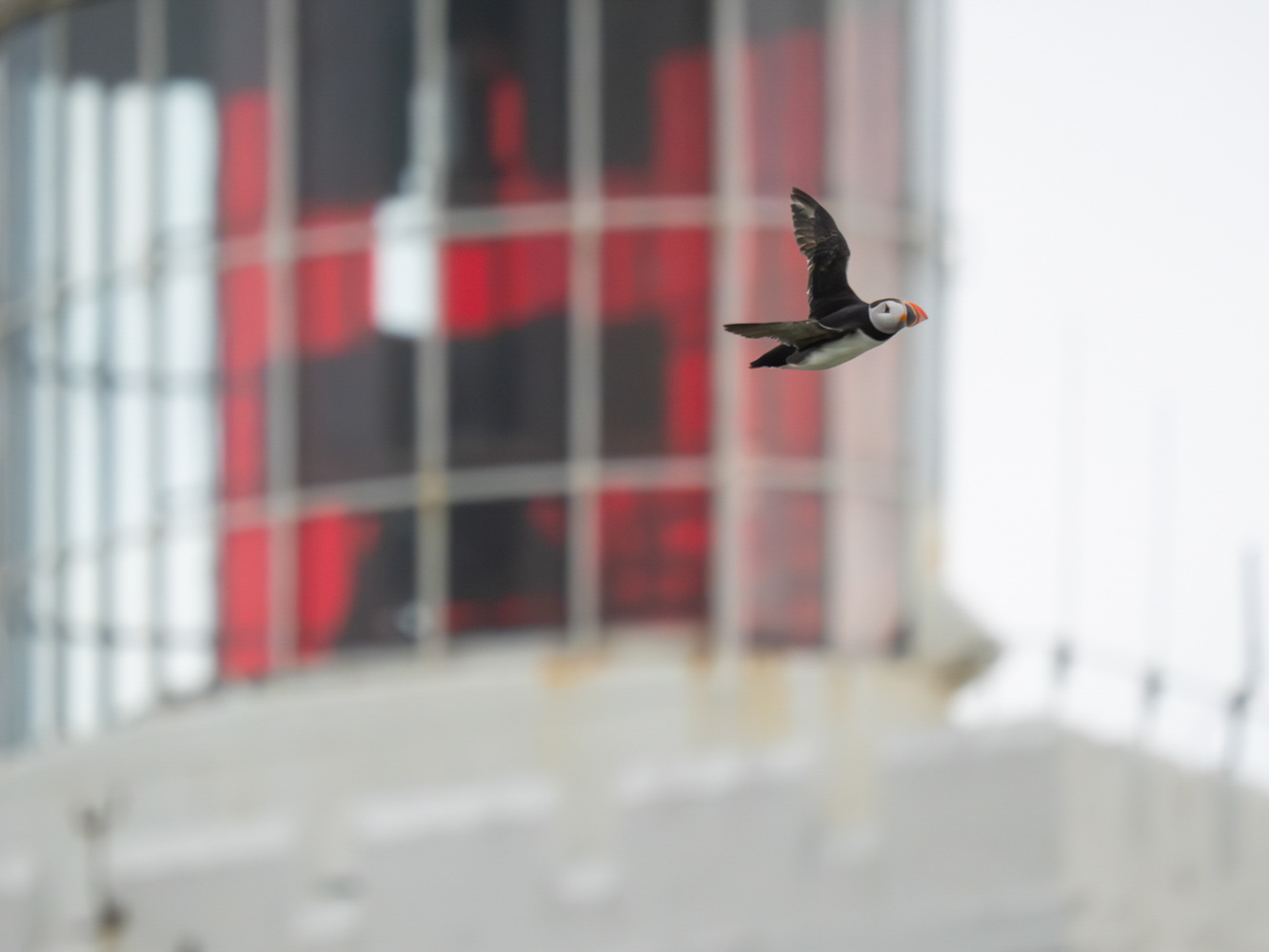
The OM-1 already had blackout-free sequential shooting. The new Mark II's capabilities have been expanded by adding 12.5 fps and 16 fps options to the 25 and 50fps options of the Mark I. Moreover, because of the increased memory in the camera, the buffer size has more than doubled. Previously you could get 92 raw frames buffered with continuous shooting (called burst mode on some cameras), now it has reached 213 images shooting at 120 raw frames per second with single autofocus or 256 fps and 50 raw frames per second with continuous autofocus.
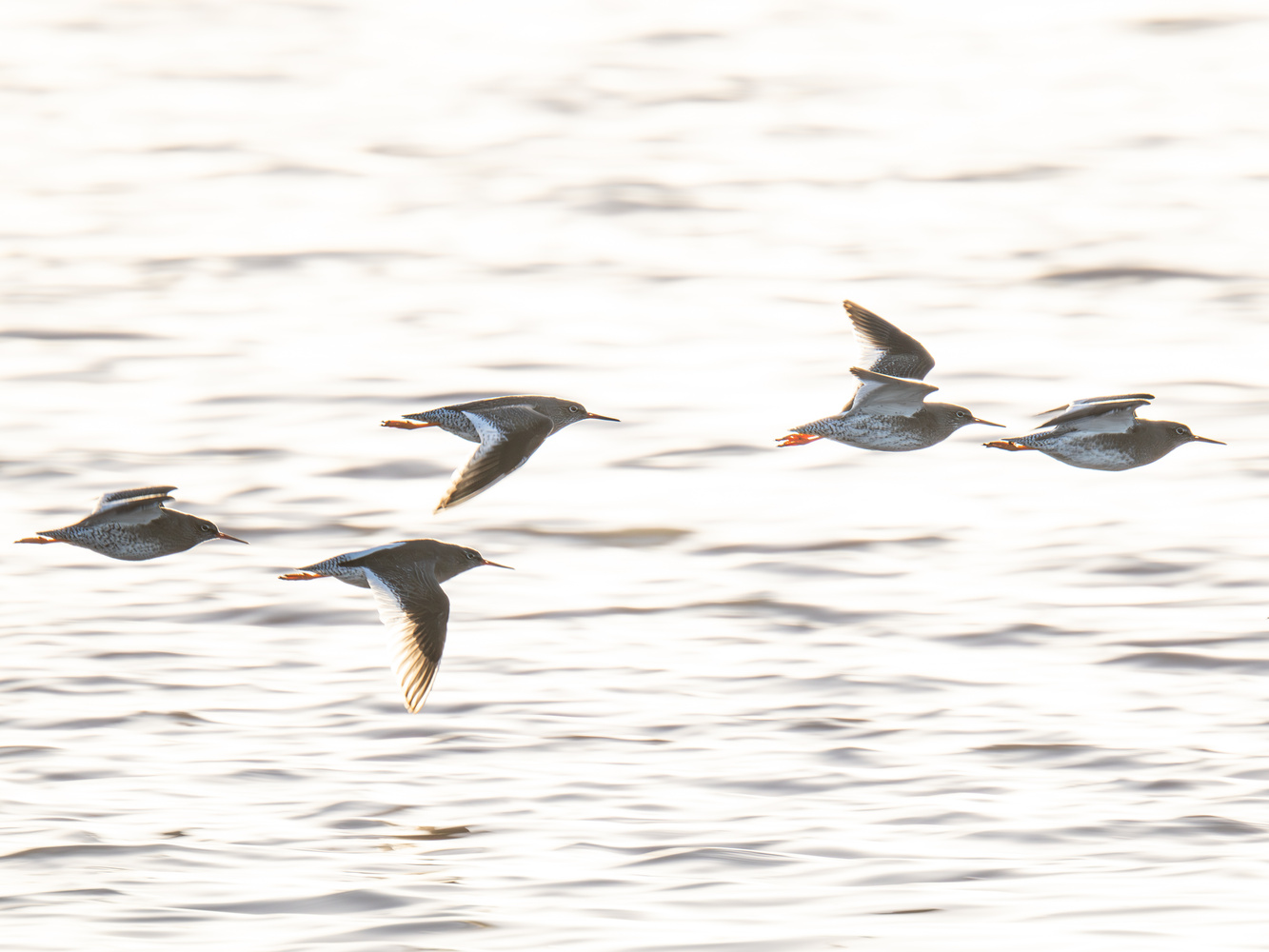
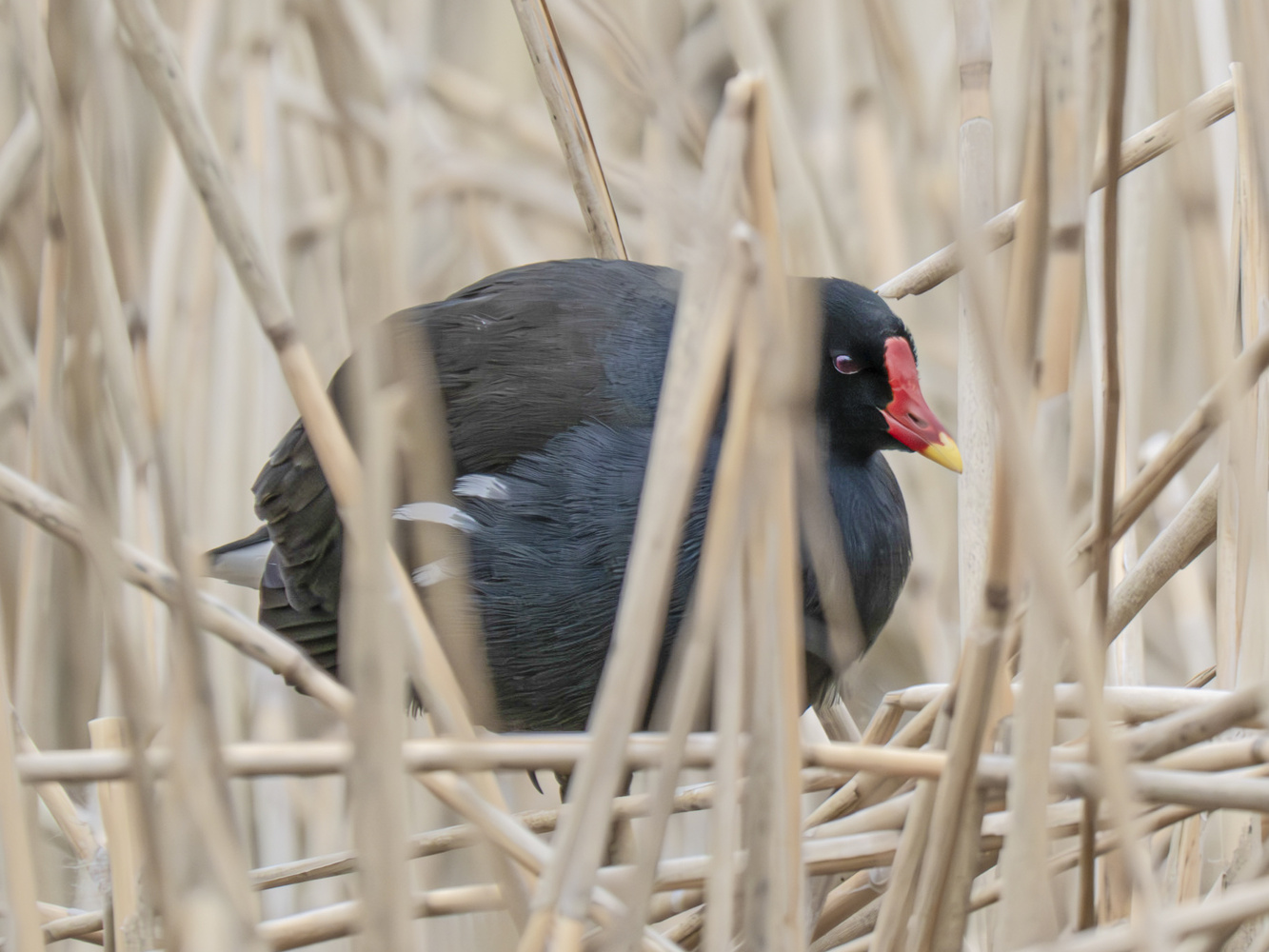
Landscape Photography
It’s often cold when I am out shooting. Last winter, before the camera was announced, I took a loaned model out for testing in Finland. It was -30°C. I was wearing mittens over my gloves and could still operate the new rubberized dials, which are the only obvious external change to this camera. However, other features help with landscape photography besides that.

Firstly, LiveGND adds a graduated neutral density filter to the frame, reducing exposure on a section of the image. That will usually be the sky, but you can position it anywhere and tilt it at any angle. The filter is available in 2, 4, and 8 stops, and the transition can be soft, medium, or hard.
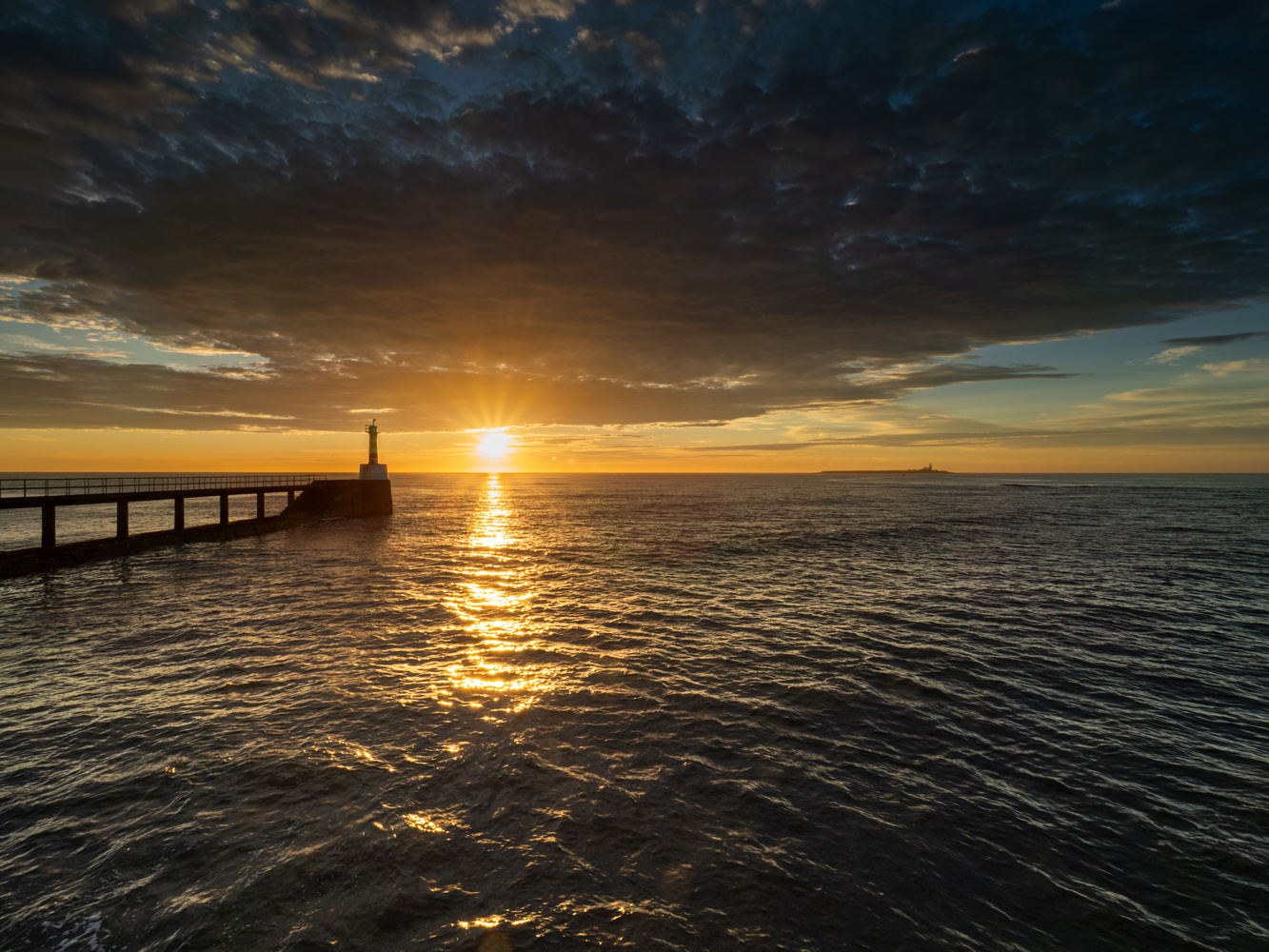
The Mark I version OM-1 already had Live ND neutral density filters up to ND64, this has been extended to ND128 with the Mark II.
Although it is a nifty feature, I have never needed to use the high-resolution feature that gives you either a 50MP shot handheld or an 80MP image when using a tripod. However, perhaps I should. This feature has been improved with the Mark II version. It now produces 14-bit raw files with three times the number of tones.
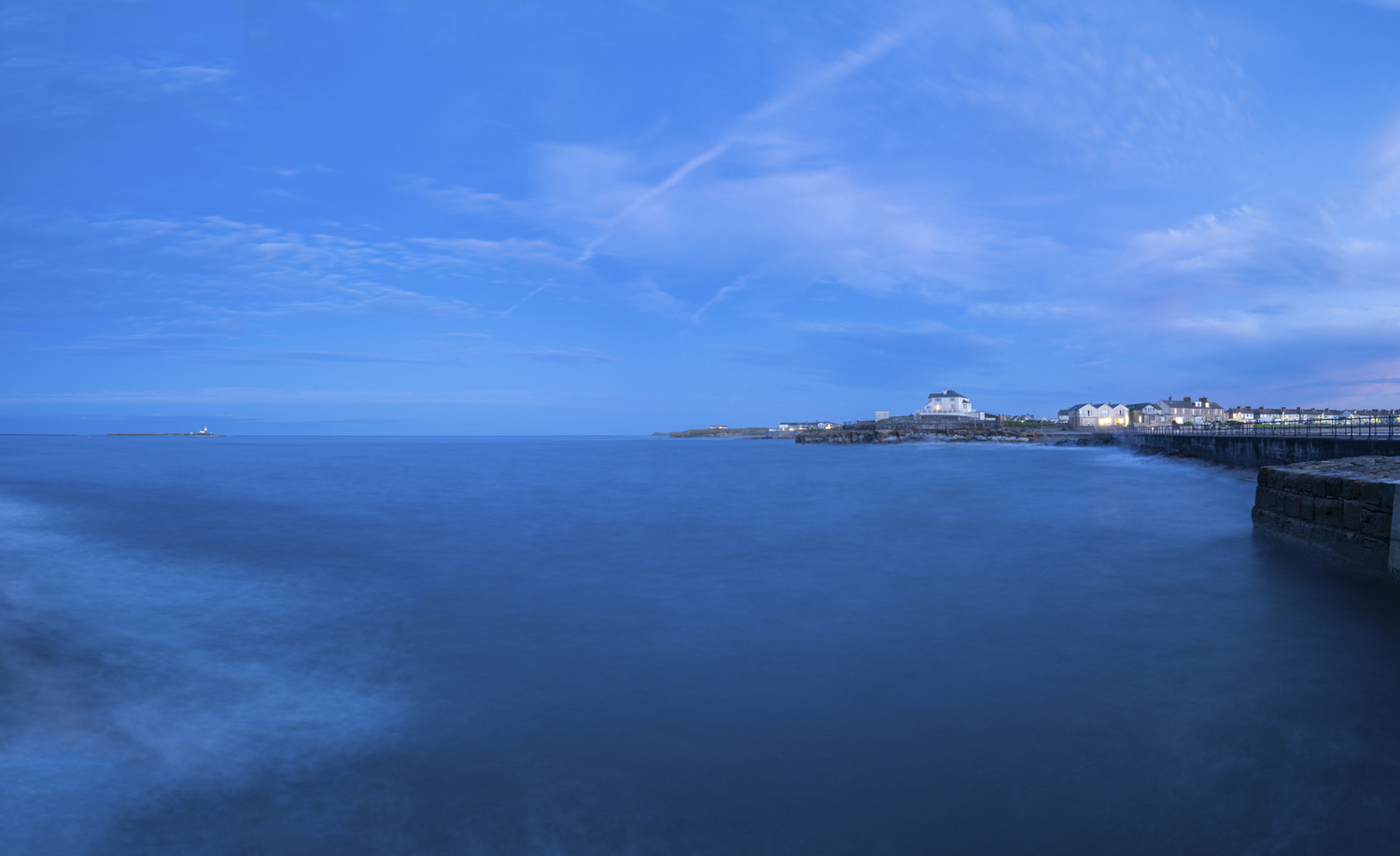
I often shoot at night and, although this hasn’t changed in the OM-1, the Starry Sky AF worked excellently when I photographed the aurora this year.
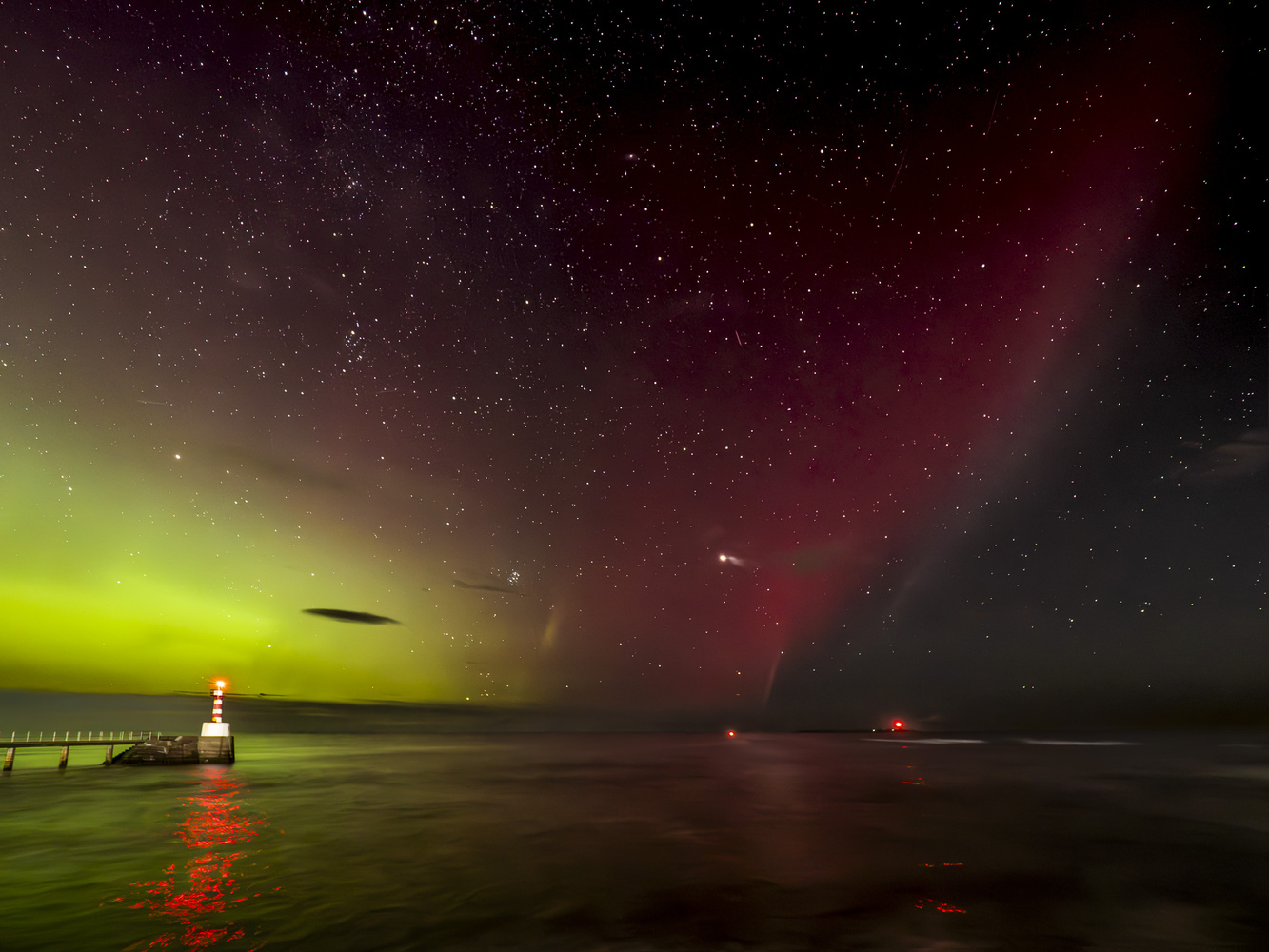
Macro
The OM-1 Mark II excels when it comes to Macro. Although I bought the new OM System 90mm Macro lens earlier this year, I have barely had the opportunity to try it. It’s been on my camera twice. Therefore, it is not an area that I feel qualified to judge. Nevertheless, the new camera does have an improved algorithm for focus bracketing and in-camera focus stacking, which merges up to 15 photos into a single frame. Focus bracketing can shoot up to 999 raw images for merging in your computer's editing app. Of course, that High-Res mode also works with shooting macro.
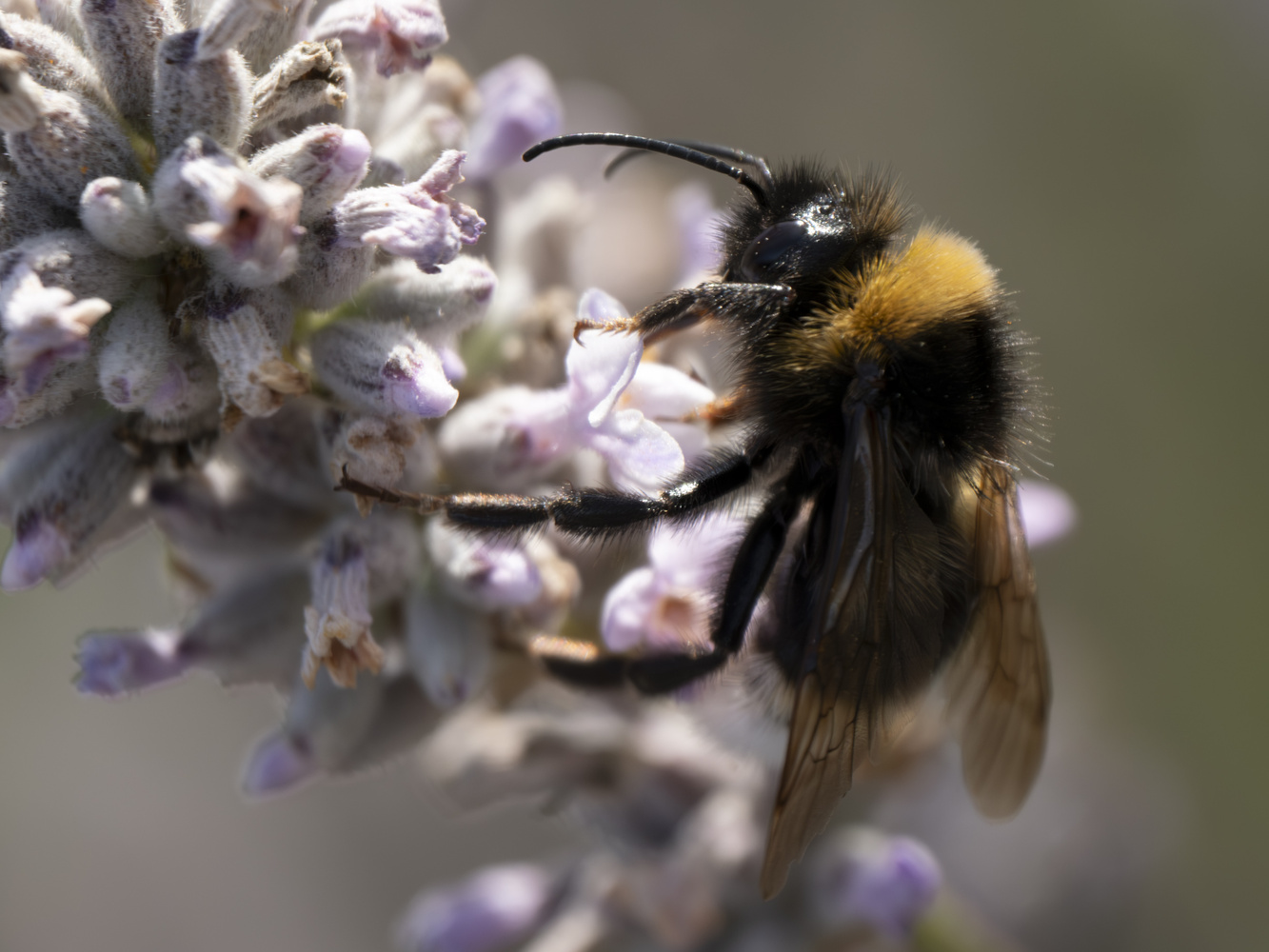
If you want to see the results achieved with the OM-1 Mark II, I recommend looking at the work of three macro photographers whose work I admire: Geraint Radford, Jamie Rosencrans, and Christian Brockes.
Video
Historically, Olympus cameras were not so advanced with video. However, the OM-1 Mark II has taken a great leap forward and delivers video that is more than good enough for most home movie makers, YouTubers, and those wanting to create slow-motion or time-lapse photos. Shooting up to 60 fps at 4K or 120 fps at 1080p FullHD, it has OMLog400 and hybrid log–gamma (HLG) curves for high dynamic range (HDR) display.
It will shoot approximately 90 minutes of video under standard JEITA conditions, and 160 minutes without using zoom and other operational functions. Furthermore, it doesn’t overheat like some cameras do.
Other Features
I already mentioned the camera’s abilities to cope with well-below-freezing temperatures and just like its predecessor, it is IP53 dustproof and splashproof. These are essential for me as I regularly photograph on the windblown beaches in the Northeast of England where I live.
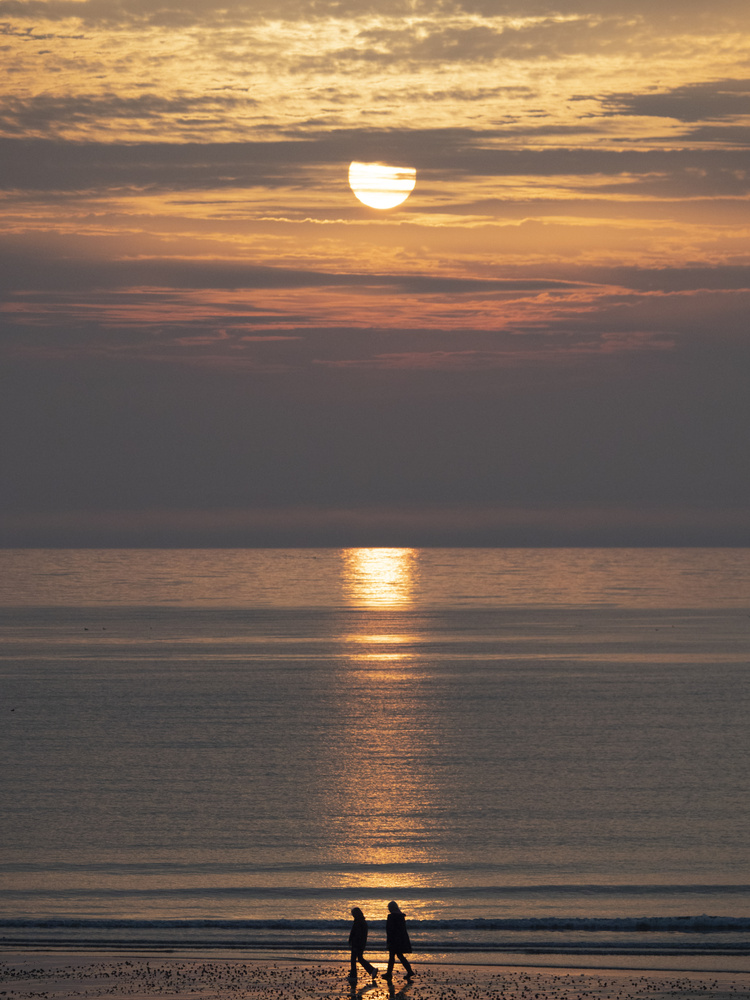
I’ve never had to clean dust off an OM System or Olympus camera sensor thanks to the Super Sonic Wave Filter, which is widely acknowledged as leading the field. That sensor is a Quad Pixel Bayer Pattern Stacked CMOS chip. Stacked sensors place the photodiodes above the transistor layer, which improves light collection efficiency. As a result, there is less visible noise and, therefore, better image quality. Moreover, that stacked structure permits rapid data transmission, thus enabling the camera's high-speed performance such as its ability to shoot 120 raw frames per second.
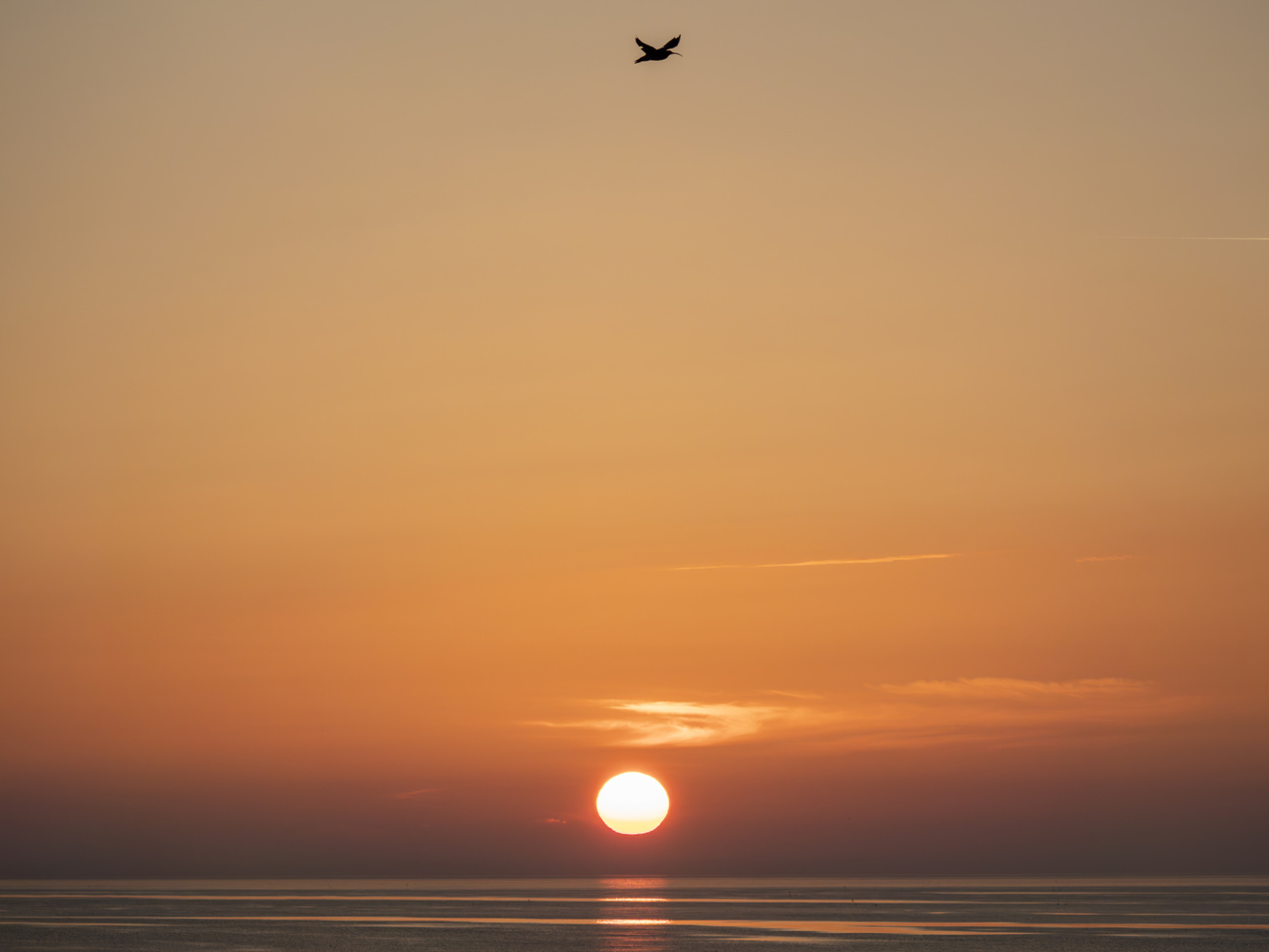
Bomb-Proof Build
The OM-1 series of cameras are made to last. I’ve only recently sold my 11-year-old Olympus OM-D E-M1 and there was nothing wrong with it. The current models have evolved from that gene pool of robust and highly featured cameras. That’s good because my cameras get a lot of heavy, rough use. I’ve seen, and Fstoppers have reported on, other contemporary cameras fall apart with lighter use than I give these.

What I Like and What Can Be Improved
The camera has lots of features that we consider standard. Things like level gauges, a fully articulated LCD touch panel screen, creative art filters, Wi-Fi and Bluetooth that allow live view shooting from a phone or tablet, and programmable custom modes are standard fare on all good cameras. None of those I could not do without.
However, there are unique features that set OM System cameras apart. In-body focus stacking and HDR, high-resolution shooting, plus LiveTime – the ability to watch a long exposure image develop as you shoot – and Live Composite shooting that only adds new light to a picture, have all been around for a while.
What I Like
- Excellent image quality.
- Robust build which includes being reliable up to 400,000 mechanical shutter actuations.
- IP53 weather sealing
- Exceedingly long battery life. Rated up to 520 shots per charge under CIPA conditions, I am getting four or five times that using the electronic shutter,
- Vastly Improved AI subject detection
- High-speed raw shooting up to 120fps.
- Pro Capture that buffers images while the shutter is half-pressed so you don't miss the action.
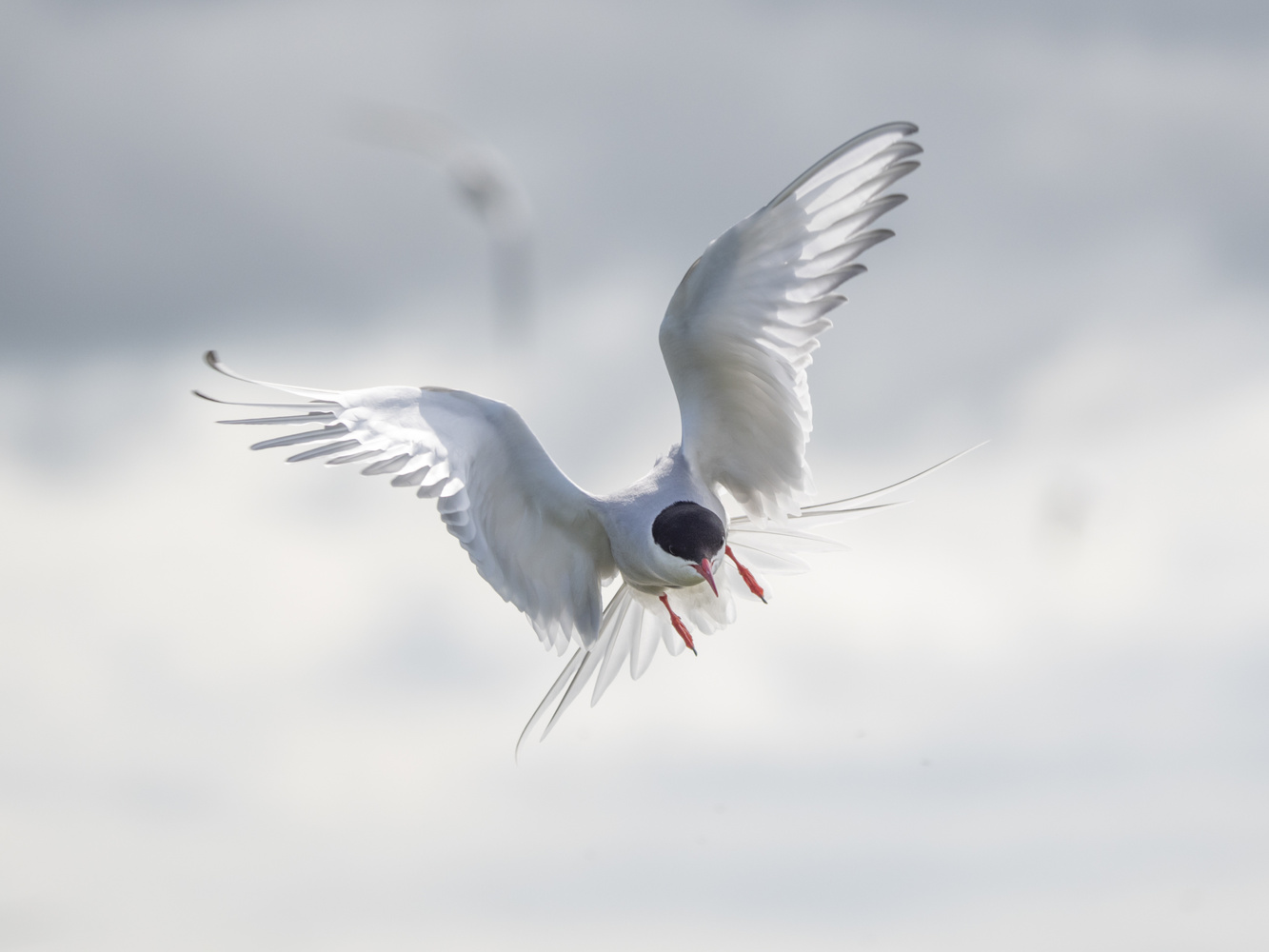
- USB power delivery.
- Small overall system size and lighter weight than full frame 35mm systems making it more portable.
- Using the same focal length, F-number, and focusing distance, the Micro Four Thirds cameras have a shallower depth of field than larger formats.
- A flagship camera that’s more affordable than other brands’ top models.
- Superior focusing in low light and Starry Sky Autofocus.
- A wide range of OM Systems and third-party lenses are available.
- Ergonomically, the camera is well-designed and even fits my big hands.
What Could Be Improved Next Time
- Live ND to ND1000
- Being able to combine some of the computational modes like LiveND and LiveGND would be useful.
- The current longest shutter speed in PASM modes is 60 seconds. Although this is more generous than most cameras that are limited to a miserly 30 seconds, it would be great to extend that even further.
- It would be useful for me if there were more custom modes and allow them to be named
- Anti-theft protection with a PIN would be great.
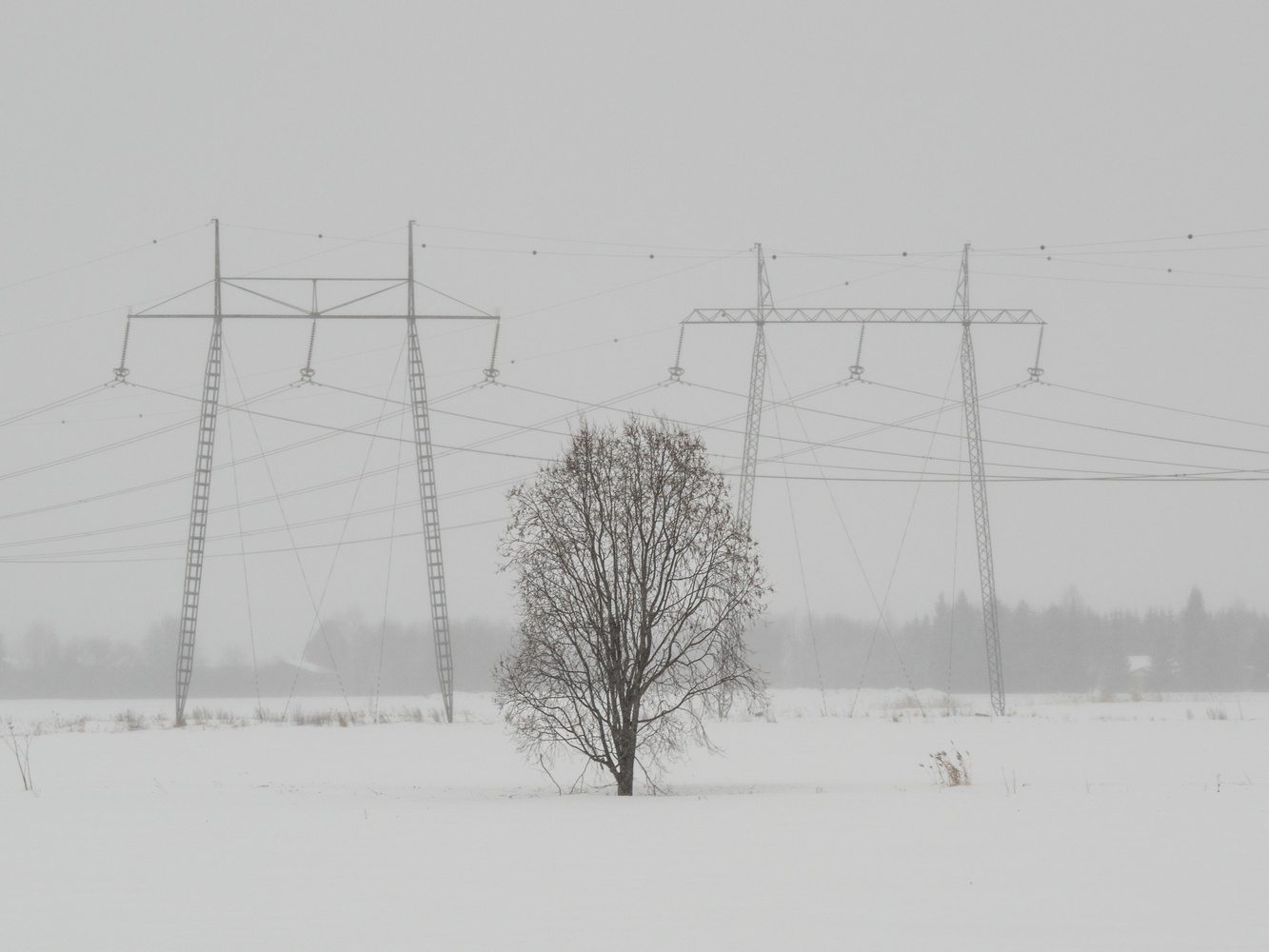
Reasons You Might Consider Upgrading Your Camera, or Not
One of the great things about buying an evolutionary upgrade is that it is like wearing a familiar old glove. It’s comfortable. The muscle memory of where all the buttons and dials remain, so my thumb can still find its way around the rear panel in the dark. Nevertheless, it must deliver more than the previous model to make the upgrade worthwhile.
The OM-1 Mark II is a superb camera. However, I appreciate that only a select number of photographers will need to upgrade from the Mark I. Like almost all Mark II camera models, it’s worth it if the additional features are necessary for you. It was for me, but no decision is universally applicable. After all, the OM-1 Mark 1 is still a great camera. Nevertheless, if you have one of the older E-M1 models, great though they were, the image quality, speed, and functionality improvements are significant. The menu is hugely improved too. In that case, the need to upgrade might be greater. However, upgrading is only a decision you can make, regardless of the brand or model you use.
There is a big migration from other brand users to the OM 1 Mark II because of the system’s smaller size and weight, and the wide range of unique functions. It's great to see one of the smaller brands becoming successful like that. Nevertheless, it’s also understandable that people have reasons to stick with what they have, the financial reason probably being the most common.
Am I Still Happy I Upgraded My Camera?
Despite its familiarity now, I still feel a spark of excitement when using it. Capturing the images I want is an amazing human experience. If I didn’t feel that thrill of being out with a camera, there would be little point in being a photographer. This camera adds to that enthusiasm.
My question in the title was whether I am still impressed. Yes, I most certainly am. It hasn't left me cold.
Would you upgrade your camera? Does your brand offer any unique features that help you get shots that another camera wouldn’t achieve? Would you stick with your brand no matter what or are you tempted to sell your gear to MPB and discover the joy of learning a different system? It would be great to hear your comments below.
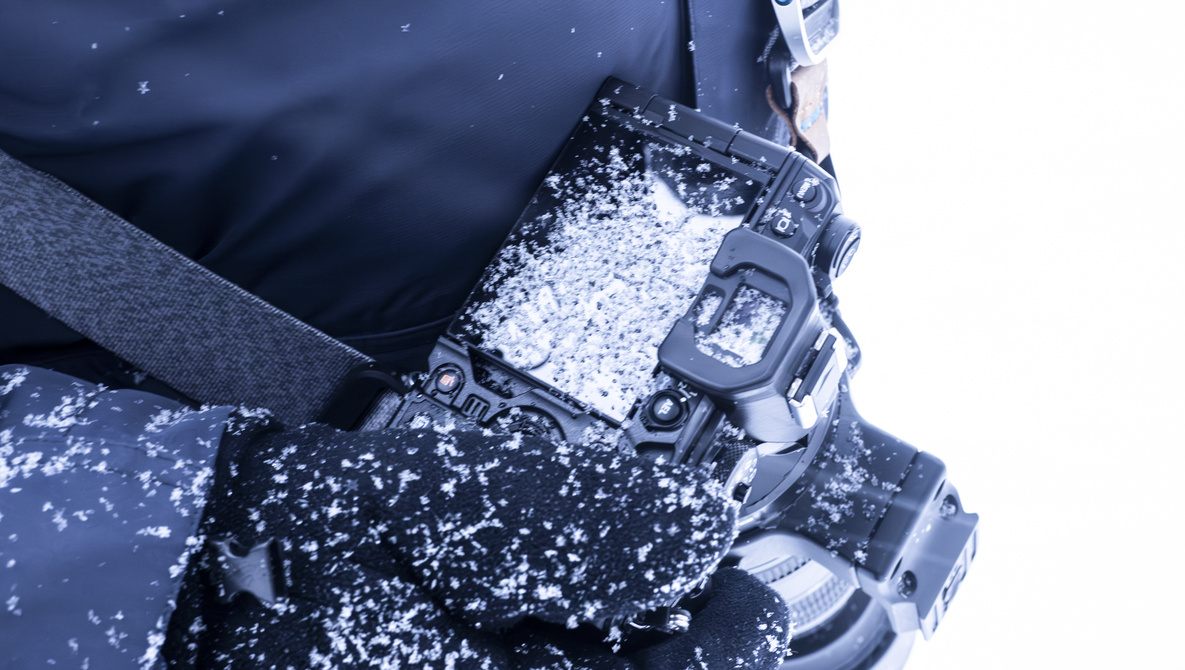







I finally upgraded from an Olympus EM1 mk2 to the OM1 mk2 last week.
Wow!
Such a lot of new features, some of which have been around since the EM1 mk3.
One thing I've yet to try out is shooting stills whilst continually zooming on a subject moving towards or away from me. It's something Mike Lane commented on in one of his YouTube videos.
Having only had the OM1 mk2 for a week I'm looking forward to many years of getting to know it and what it can produce.
I am sure that you will enjoy using it, it's a super camera. I had an E-M1 and an E-M1 mark ii. They still hold their own against many cameras on the market, but the OM-1 Mark II is a huge step up. Thank you for the comment.
After the article earlier this month “Has Camera Technology Already Passed the Threshold for What Most Photographers Actually Need?” I feel like I’m suffering upgrade fatigue. My unscientific findings from the comments in that article were that the large majority of people felt like the threshold was passed many years ago. Myself included. Only the indignation expressed by a few wildlife photographers to that opinion seemed to be the exception. But it wasn’t without several fractious comments, as is typically the case where 73 comments are posted.
To address your end-of-article questions, I can’t imagine a stampede of photographers switching brands at this point because of technical specifications. What one brand offers, surely all of the others will follow. And to switch brands would be a major investment since the camera body is just the tip of the iceberg. I switched brands once, in 2013, to the Nikon D800E from the Olympus E-1 and E-3 series, solely because of the huge jump in resolution. I highly doubt I would ever do it again. That’s only something either explained by the professional who can justify the expense as a necessary cost of doing business, or someone with more money than they know what to do with. Besides, I really enjoy my eleven year old camera. It fits like a comfortable pair of well-worn jeans. I’m happy to just go make a picture without having to think of where all the buttons and dials are. Thought and imagination drive my photography… not camera specifications. For my needs, simple is better. Point it in the right direction and we're good to go…..
Thanks for your point of view, Edward. I agree with your last point, but I don't think enthusiasm for photography and enthusiasm for equipment are mutually exclusive. Similarly, I don't think anyone's personal experience is ever universal. You don't think of swapping brands, but there is a huge migration to the OM system because of the technological advantages and, not least, the size and weight advantages. With the aging global population, that is an enormous consideration.
Also, the appeal of mirrorless cameras and the discontinuation and lack of investment in DSLR technology will force people to upgrade when their old gear dies. At that point, it makes less of a difference whether they stay with the same brand or move on to something else.
Thanks again for the comment. It's always interesting to hear what you have to say.
Unfortunately at age 70 I'm part of that aging population to which you refer. And one of the common issues of getting older, besides the logistical considerations of camera gear size and weight, is that we have this tendency to live in a state of denial. Most people won't admit that, but I can see it subtly creeping into my thoughts. Of course over the last 45 years or so, I've seen huge changes in technology. I began my career selling custom printed business forms processed on typewriters. My first Apple Macintosh came with a whopping one megabyte of RAM. I understand change is inevitable, and usually for good, although AI is testing that theory.
So it gets down to the question of whether I choose to make incremental updates to my system, or wait until nothing integrates with anything else and I'm forced to make a huge investment in cameras, lenses, computers, software, etc. I've taken both paths before in my life. A third option at my age is quit everything connected to mankind and go hide in a cave. There are days that sounds good. The denial part comes from ignoring all of the options, and hoping the consequences miraculously disappear because none of the choices feel very good. Actually I'm pretty happy that way... for now.
My new OM-1 Mark II arrived just today. Will be keeping my original OM-1 primarily for use as a Macro camera. Just did a quick setup on Mark II and C1-C3 for bird photography. Will be out shooting with it this weekend. Excited to test out newer autofocus along with the GND filter for landscapes. Switched to Olympus in 2022 and never looked back from the day my OM-1 arrived
Fabulous, Randy. I hope you enjoy it. For your information, a new firmware update has just been announced for the OM-1 and OM-1 Mark II. Thank you for taking the time to comment.